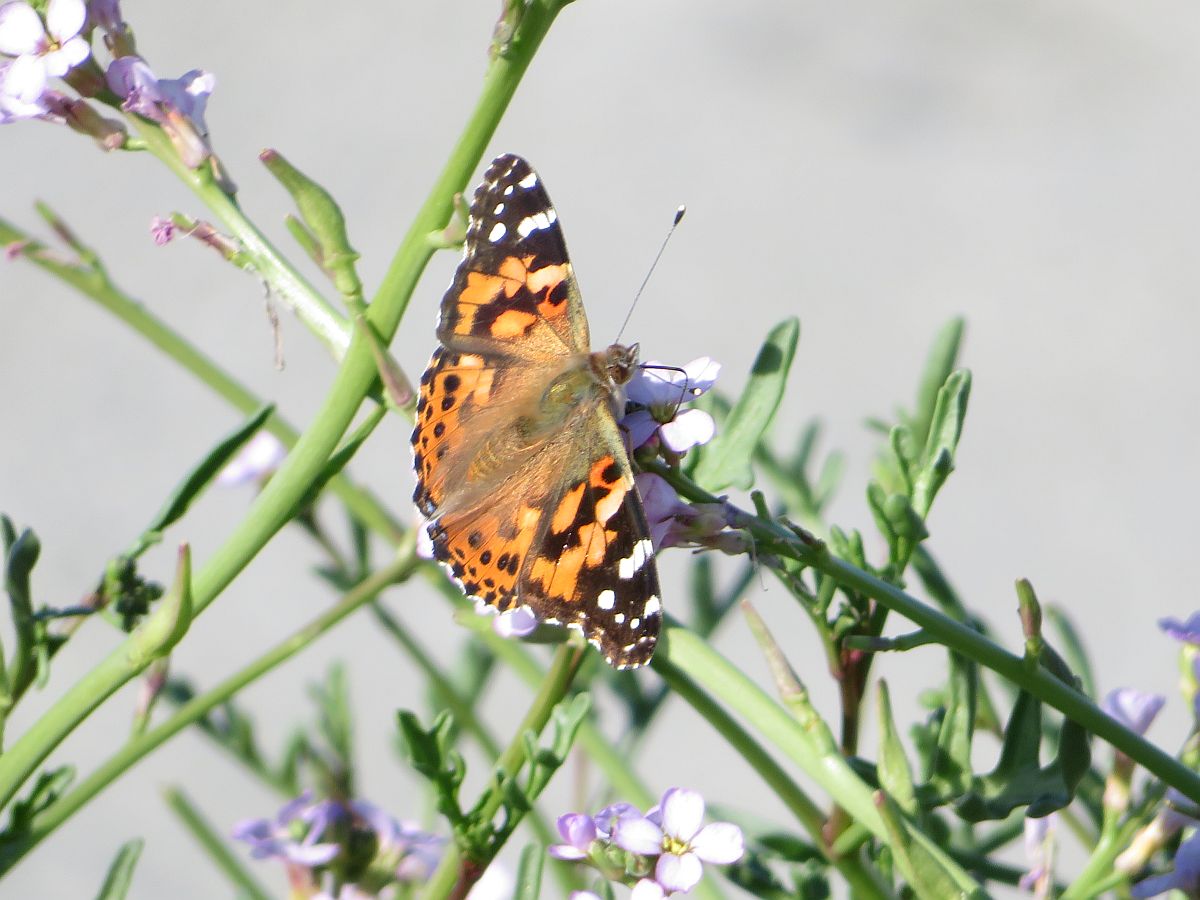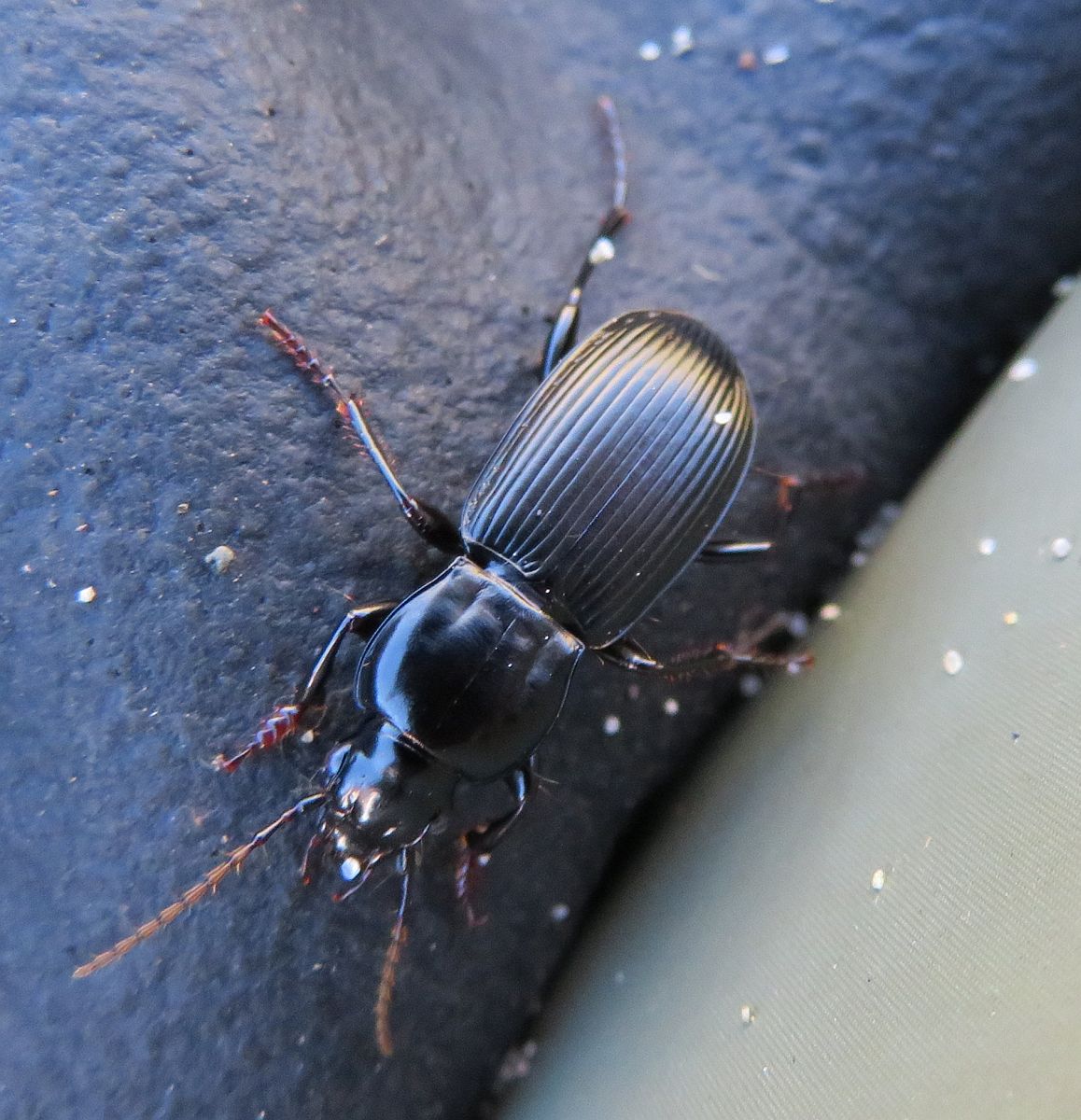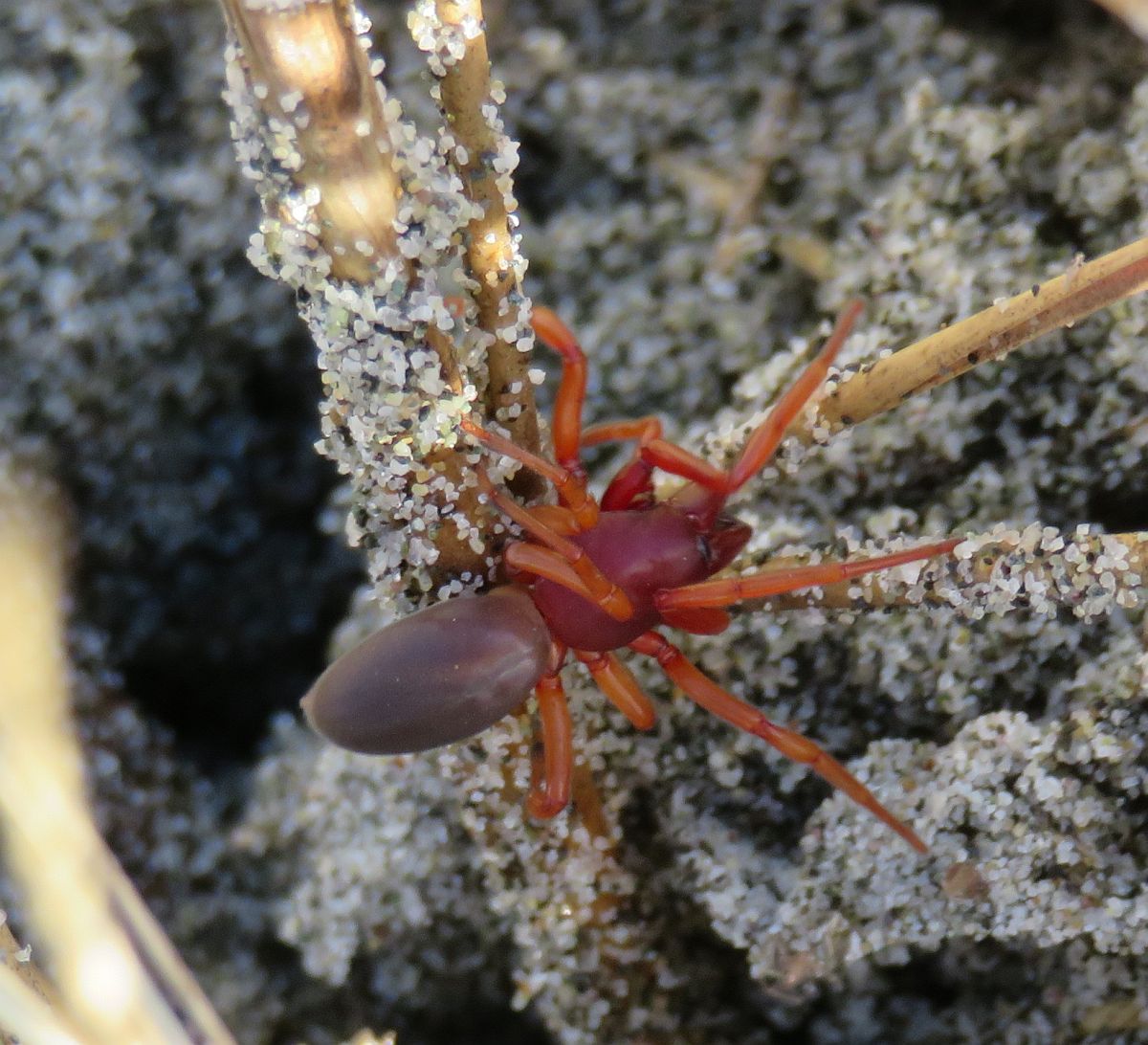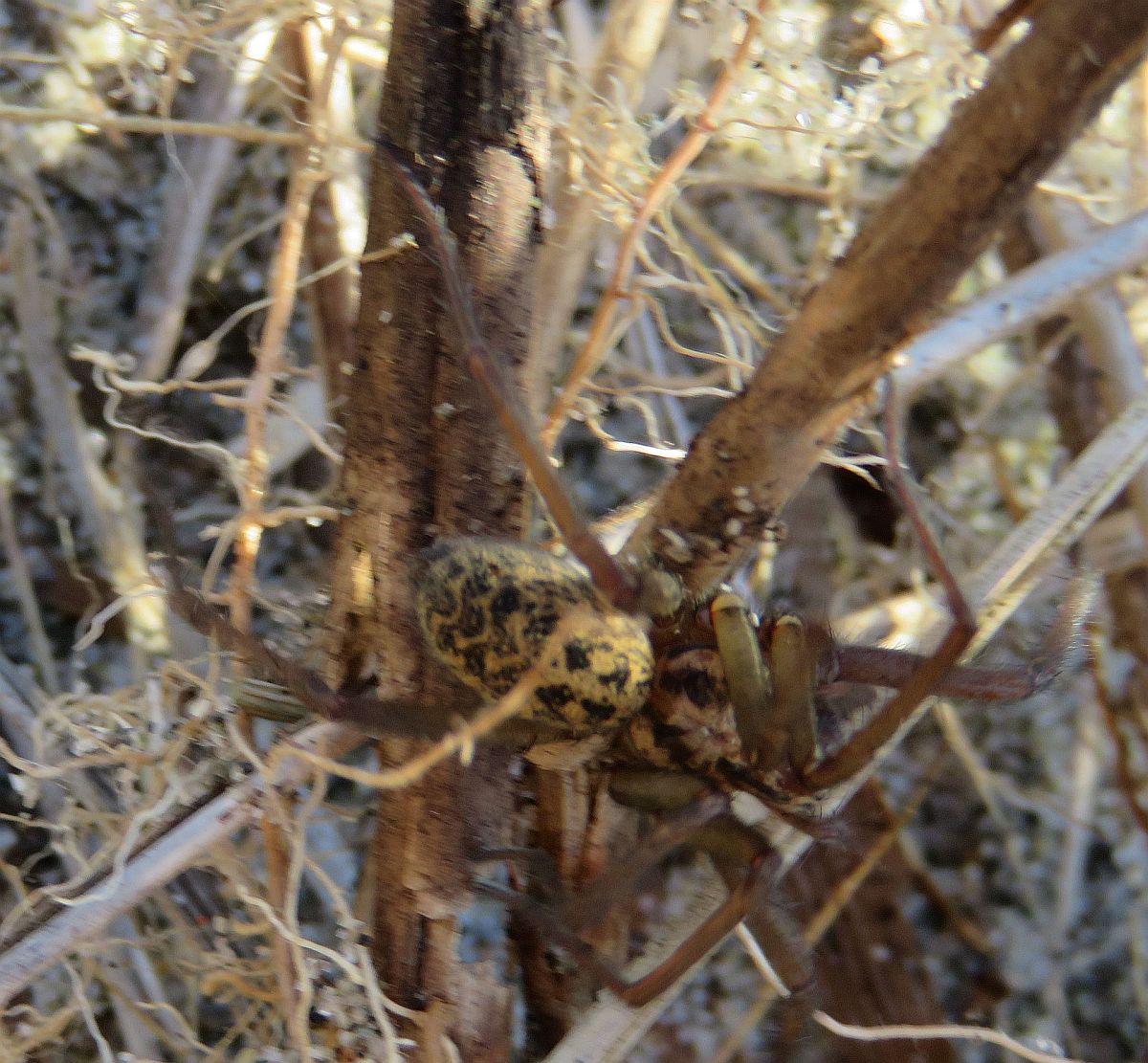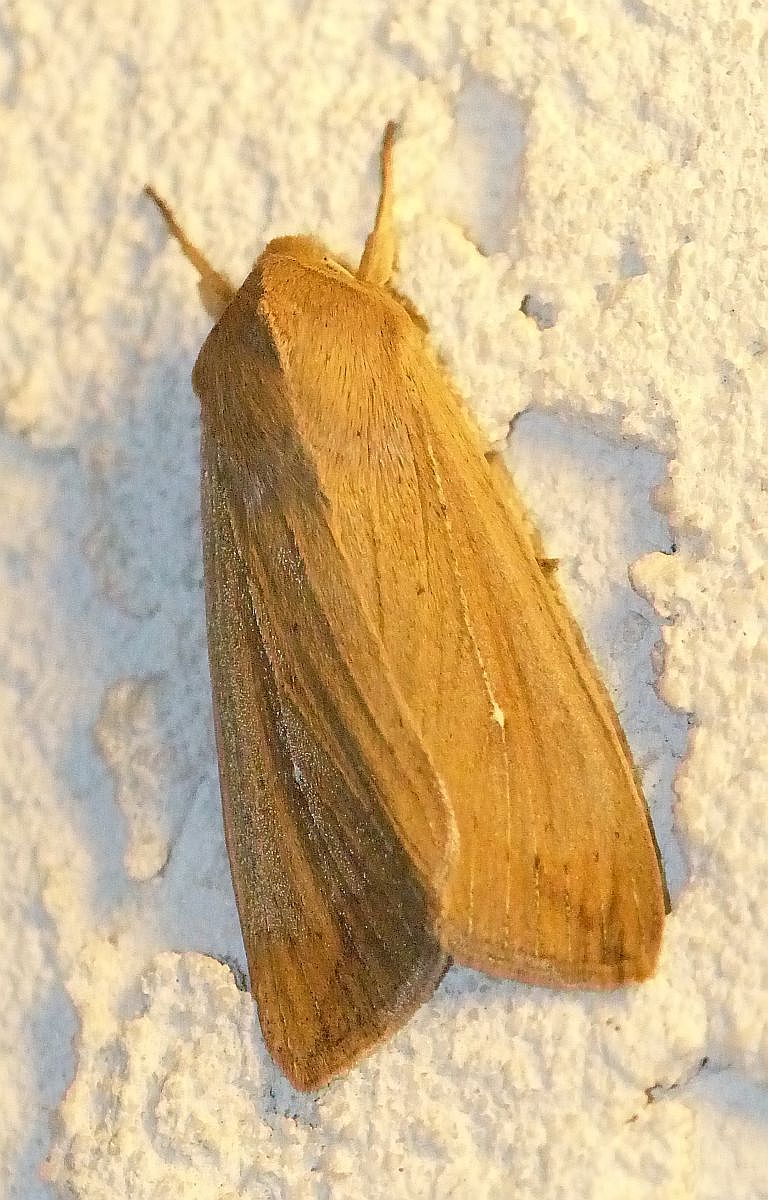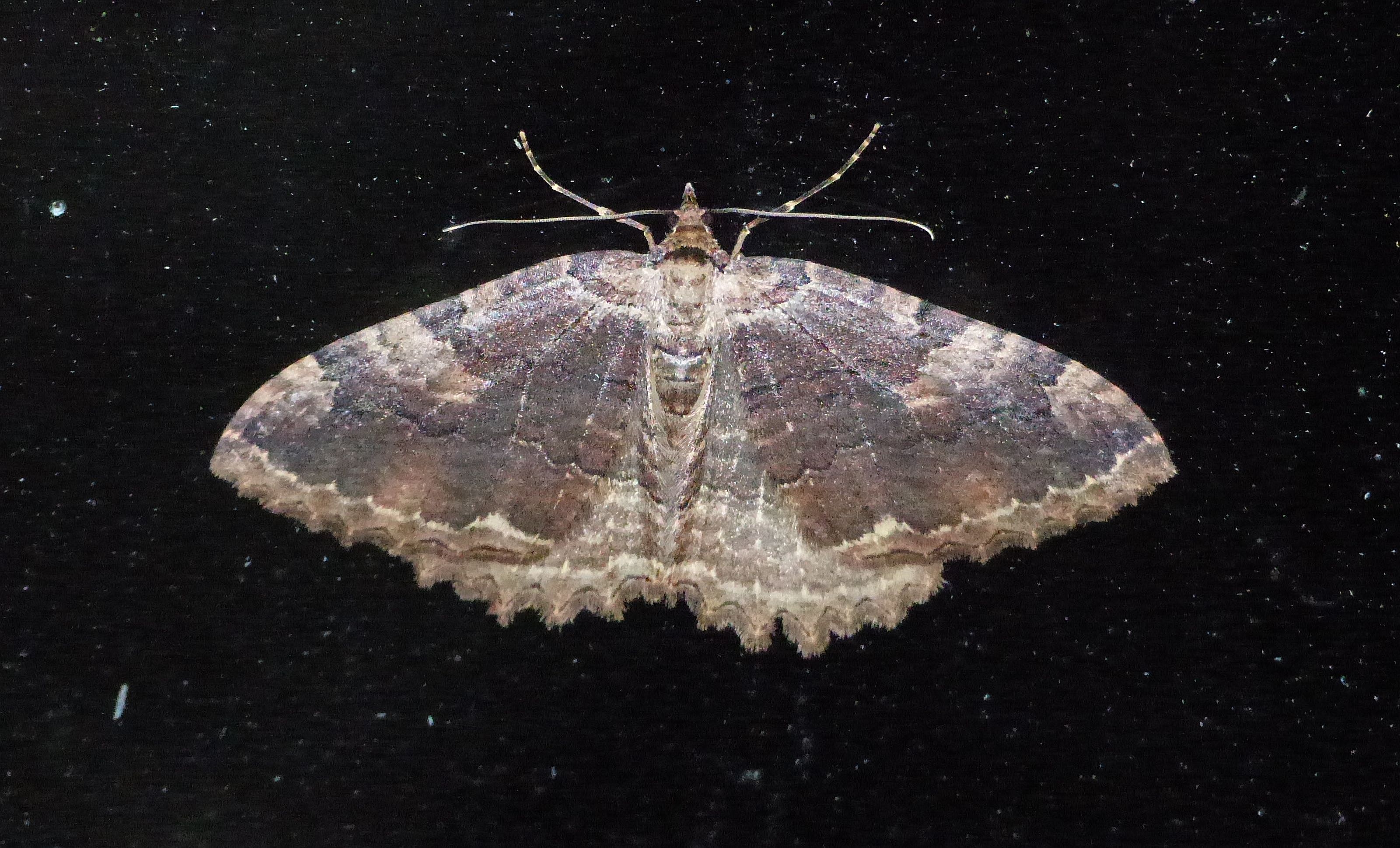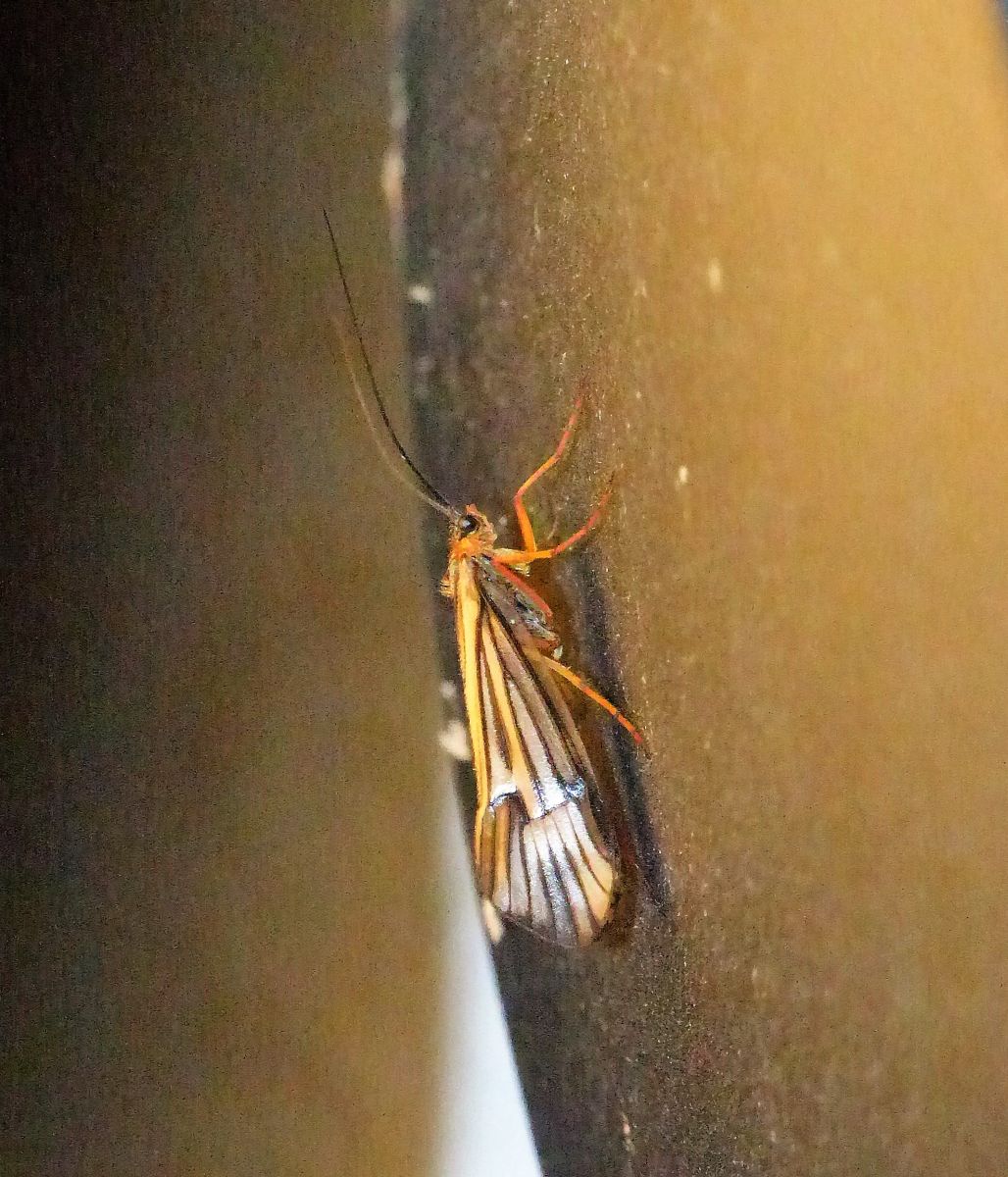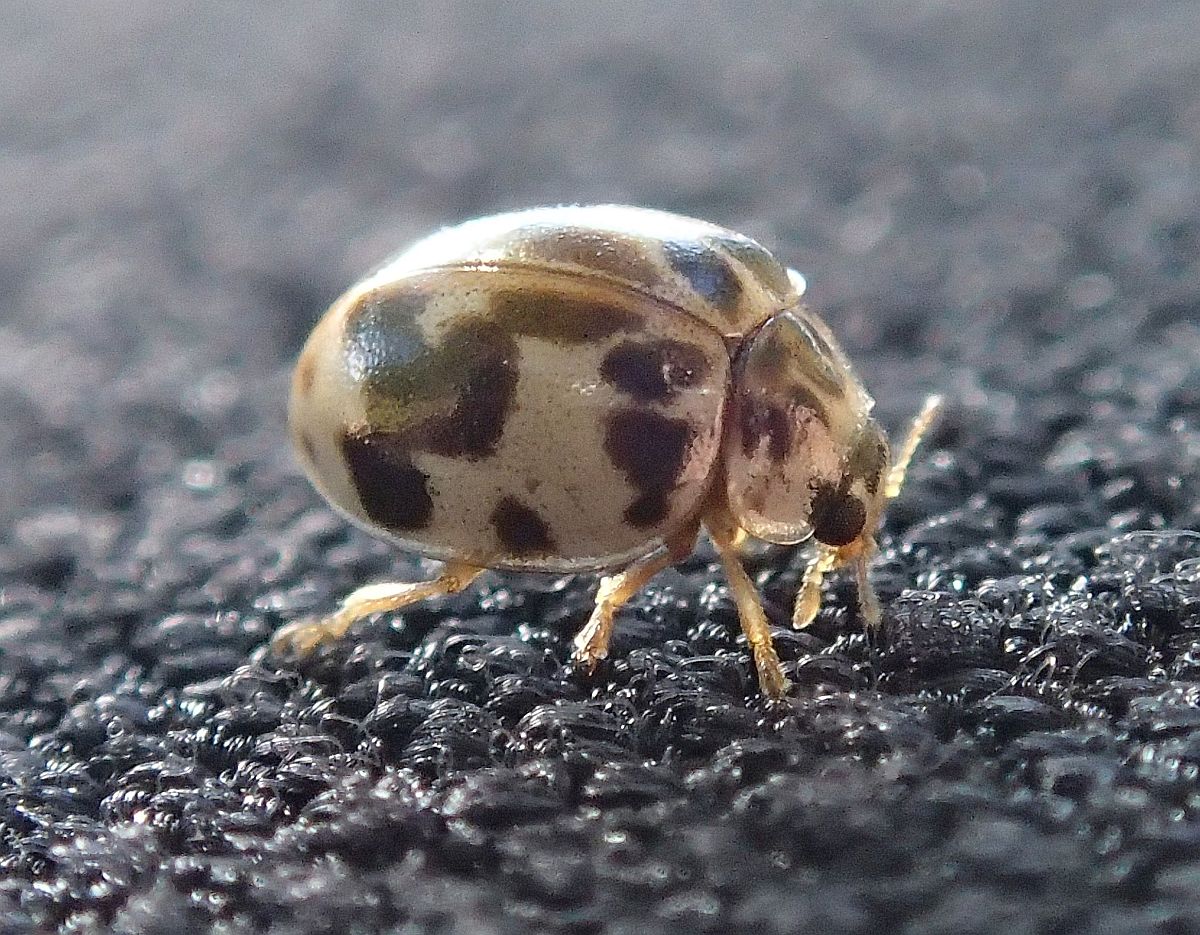2017 October 29 evening
Jeremy Tatum writes: I went to McIntyre reservoir this afternoon hoping to stave off the onset of S.A.D. by one more day, and I saw two Cabbage Whites there. There have been sightings of this species from other locations in the last few days.
Banded Woolly Bears have also been reported from several places in the last few days – McIntyre Reservoir, Swan Lake, Quick’s Bottom, Rithet’s Bog. Yesterday I visited Panama Flats, and there were many squashed Banded Woolly Bears along the pathway. I remarked on this last year, and I think there were far too many to have been accidentally trodden upon. I think the automatic reaction of many people to seeing a caterpillar is to stomp on it. Just as the automatic reaction of many people to seeing a mushroom is to kick it over.
There are two mentions of butterflies in today’s Times-Colonist. On page C3 there is an article about many Monarchs still remaining in Ontario, from where they should long ago have migrated south. The warm weather may have delayed their departure, and when winter really starts to kick in, they will be doomed. Or perhaps the warm fall weather has resulted in an extra generation. One biologist is quoted in the article as saying: “It’s not an ominous sign for monarchs, but it is ominous” – an observation of great profundity.
The second mention of butterflies is on page B3. Kaetlyn Osmond came first in the women’s singles at Skate Canada, though her performance had one or two small glitches in it. She had to put her hand down to prevent a fall in a triple toe loop, and she fell in a double Axel. It’s nice to see her back after a few injuries. She blamed her stumble on the triple toe loop to butterflies – an allegation which I strenuously deny.
Here is another moth photograph from Jochen Moehr in Metchosin, and we are grateful to Libby Avis for identifying it for us.

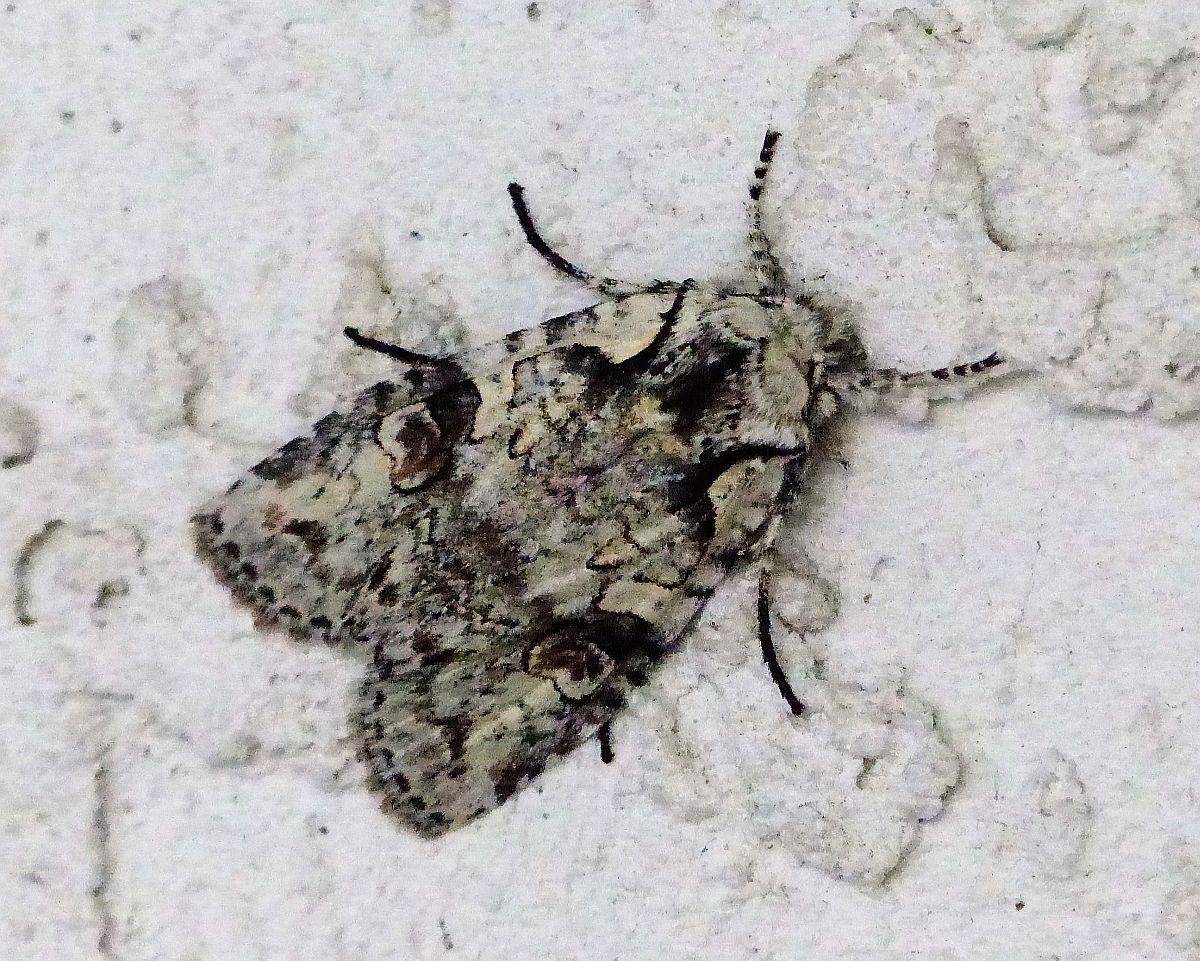
Lithophane baileyi (Lep.: Noctuidae) Jochen Moehr
I asked Libby if she is still getting some moths in Port Alberni. She writes: Not too much happening here any longer – has been fairly cool at night. Still getting one or two Thera juniperata, a few Mythimna unipuncta, Autographa californica and one lonely Sunira decipiens. Not a butterfly to be seen, so you’re lucky in Victoria.


